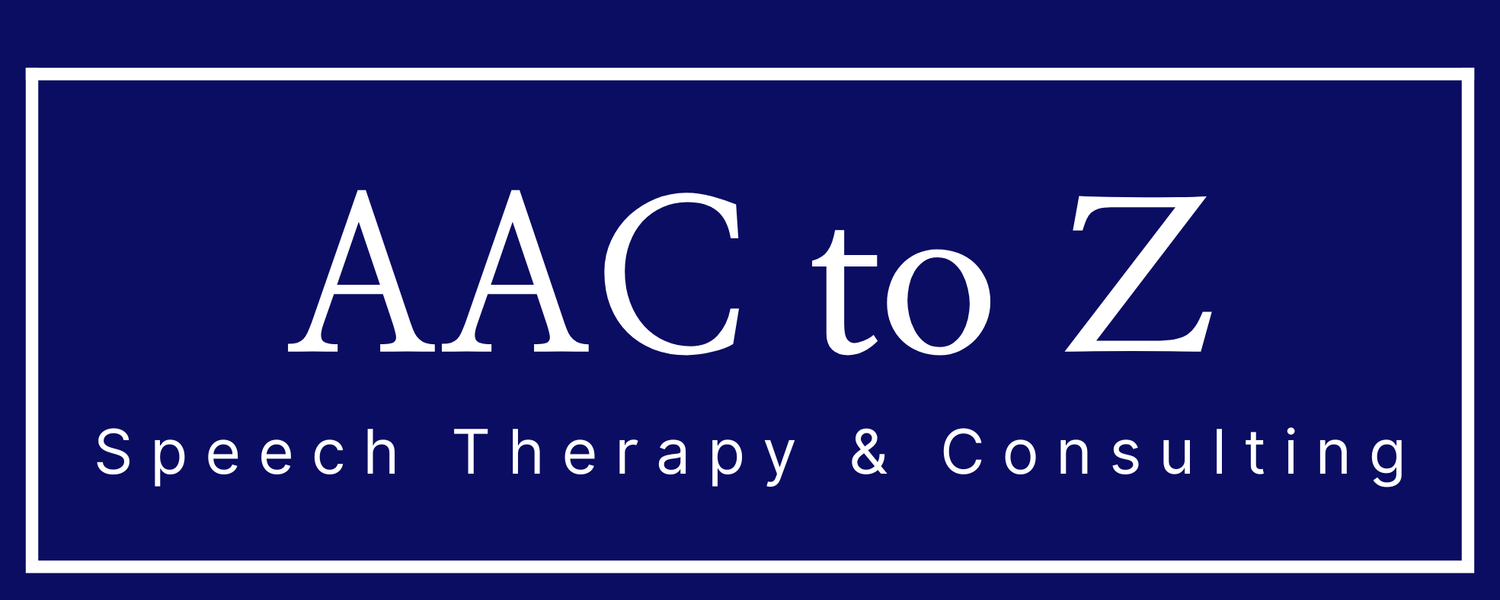Understanding Communication Competence with AAC: The Work of Dr. Janice Light
Many individuals who rely on Augmentative and Alternative Communication (AAC) systems experience challenges in expressing their thoughts and needs effectively. To help address these challenges, Dr. Janice Light, a leading researcher in the field of AAC (and my fangirl idol), developed a framework to guide the understanding and development of communicative competence in AAC users.
What Is Communicative Competence?
According to Dr. Light, communicative competence is a dynamic and multifaceted ability to communicate effectively. It involves much more than simply operating an AAC device. Instead, it reflects the individual's ability to communicate clearly and appropriately across various contexts. Key elements include:
Functionality: Can the person achieve their communication goals in different settings?
Adequacy: Is the message clear, concise, and appropriate to the situation?
Knowledge, Judgment, and Skills: Does the individual have the necessary abilities to use their AAC system effectively in a variety of social interactions?
The Four Domains of Communicative Competence
Dr. Light outlined four essential domains that support successful AAC use:
Linguistic Competence: The knowledge and skills related to language itself, such as vocabulary and sentence structure (grammar)—both in the user's native language and within the AAC system.
Operational Competence: The technical skills needed to use the AAC system, including navigating menus, selecting symbols, and physically accessing the device.
Social Competence: The ability to understand and follow the social rules of communication, such as turn-taking, using appropriate language, and interpreting nonverbal cues.
Strategic Competence: The capacity to use adaptive strategies when communication breakdowns occur—such as rephrasing, using gestures, or switching communication methods based on the context or listener.
Supporting Communicative Competence in Speech Therapy
Supporting AAC users in speech therapy often involves explicitly teaching skills within each of these domains. Speech-language pathologists (SLPs) can provide direct instruction and guided practice to help AAC users build a well-rounded communication toolkit. For example:
Linguistic: Expanding core and fringe vocabulary, modeling sentence construction and grammar, and practicing language functions like requesting, commenting, and asking questions to gain information.
Operational: Teaching how to navigate between pages, use keyboard functions, or troubleshoot device errors.
Social: Using AAC appropriately in social interactions, such as greeting others, taking turns, following social norms, and repairing communication breakdowns.
Strategic: Role-playing communication breakdowns and teaching strategies like using clarification phrases (“Let me say that again”), changing topics, or using backup modes of communication.
Why Is Light’s Framework Important?
This framework offers a comprehensive perspective for speech-language pathologists, educators, and therapists working with AAC users. By considering all four domains, professionals can design more effective, individualized interventions that support meaningful communication across home, school, and community environments.
Learn More About Dr. Janice Light
To explore more of Dr. Light’s research and contributions to the AAC field, visit her faculty profile at Penn State University. Especially, check out her AAC Literacy website, which highlights evidence-based strategies for supporting literacy development in individuals who use AAC.
